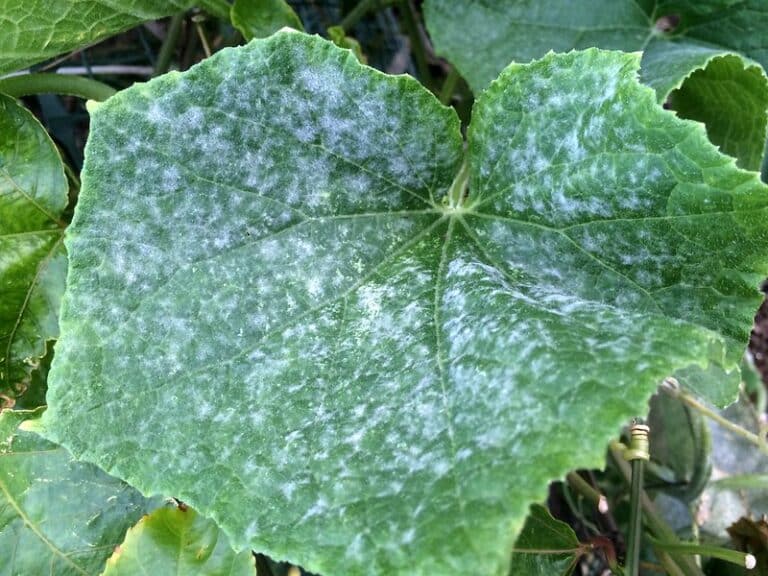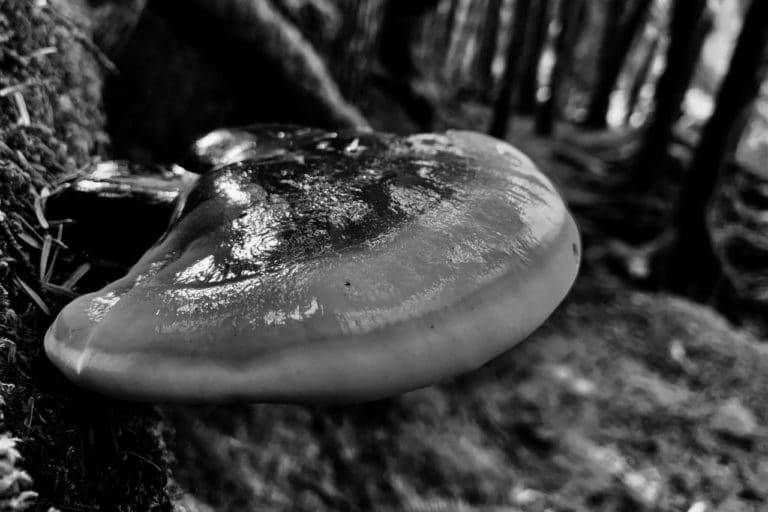Common Misconceptions About Morels
Morels are one of the most commonly foraged mushrooms in the United States, and likely one of the most popular around the world. They are broadly distributed globally, are very recognizable, and are relatively safe for a beginner to identify.
The popularity of morels also results in a lot of misconceptions about them as well. Here are some of the most common misconceptions.
Morels are all safe to eat
Morels are not always safe to eat by anyone. Many people report upset stomach or more serious side effects from eating morels. There are even credible reports of death from eating morels. The reason for these reactions is not well understood but it is likely related to poor handling and storage of mushrooms, undercooking them, or allergic reactions.
Morels contain compounds that can be toxic to humans. It’s believed that these compounds are cooked out when cooked thoroughly.
One can reduce the potential of having a serious reaction to morels by cooking them thoroughly, eating only properly identified and healthy morels, and eating only a small amount to test for sensitivities your first time.
Never pluck morels or other mushrooms from the ground to protect the underground mycelia
Mushrooms grow from mycelia, a network of fine filaments that make of the main vegetative part of the organism. This is the part of the organism that represents the bulk of the mass however it hides underground or in other substrates. We typically only see the ‘fruitbody’ of this organism which we know as the mushroom.
It is believed by many that plucking a mushroom from the mycelium harms the organism and reduces the chances for future fruiting. There isn’t any evidence to support this.
This is hotly debated by well-intentioned mushroom enthusiasts. The US Forest Service does request that foragers cut mushrooms at ground level rather than plucking them from the soil to reduce disturbance.
Morels only fruit in the spring
It is true that morels are found most often in the springtime however in the United States, they can be found any time of the year but the heaviest fruitings are found from March to June.
False morels are poisonous
False [mushroom] generally means, a mushroom that resembles the [mushroom]. False morels can include many different species. In the Pacific Northwest the term “false morel” typically refers to either Verpa bohemica, or Gyromitra esculenta.
Verpa bohemica (verpas) have the same edibility as morels. They are edible for many, should be cooked thoroughly, and eaten with caution.
Gyromitra esculenta does have more serious toxins and is generally considered a toxic mushroom. As is the case with many ‘poisonous’ mushrooms, it is eaten by some after proper preparation, without issue.
Morels are one of the best edible mushrooms
This is completely subjective and is surely true for some, and strongly disagreed by others. On June 19, 1806 Meriwether Lewis of the Lewis and Clark expedition, wrote the following in his journal
“Cruzatte brought me several large morells which I roasted and eat without salt pepper or grease in this way I had for the first time the true taist of the morell which is truly an insippid taistless food.”
Mushrooms of all sorts are often best when cooked with oil/butter/grease, salt, and maybe garlic and onion. The delicacy is in the preparation.
Some other notable contenders for best edible mushrooms in the Pacific Northwest include chanterelles, boletes, and the pine mushroom (matsutake).
Morels only grow in…
Morels grow in an extremely diverse range of habitats from gardens, near fire pits, in 1 year forest fire areas, with live conifers, and live deciduous trees, clear cuts, disturbed habitats, high in the mountains, and at sea level. They are broadly distributed.
* It should be noted that this site is also guilty of perpetuating certain myths about some mushrooms. If you find any factual errors, please let me know.



